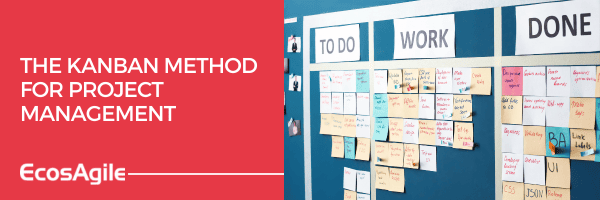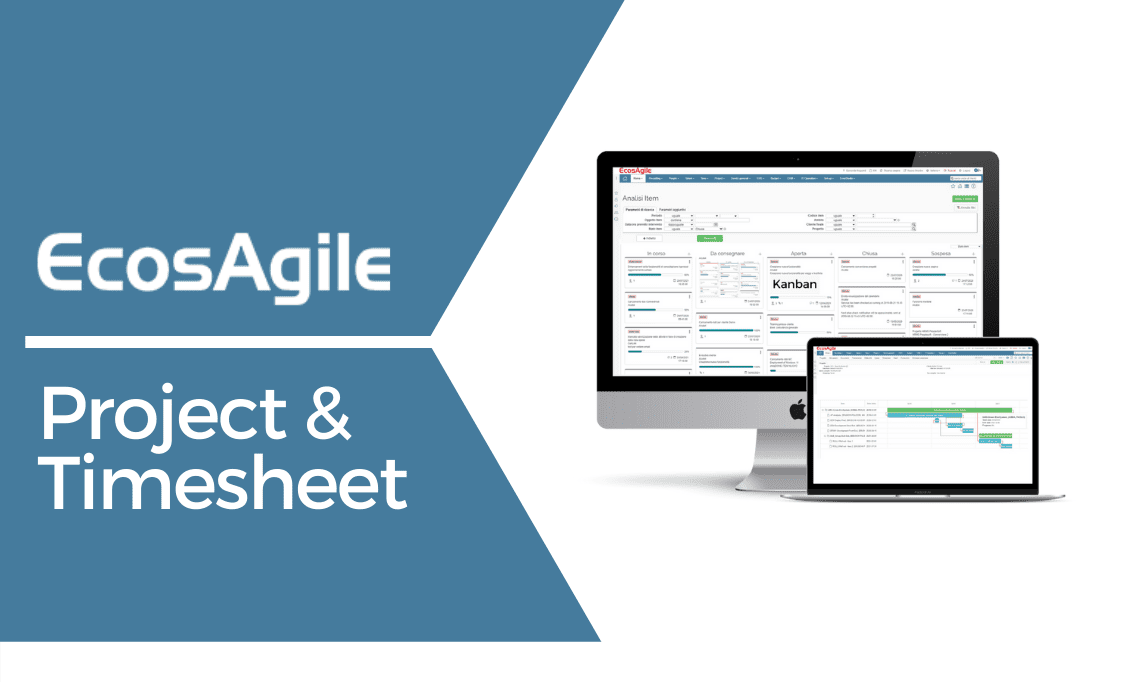THE KANBAN METHOD FOR PROJECT MANAGEMENT

When discussing projects and their management, it has been impossible for several years now to talk about them without mentioning the Kanban method alongside classic planning tools such as GANNT charts and WBS diagrams.
The term comes from the Japanese "kan" meaning "visual" and "ban" meaning "signal". It was conceived around the 1940s by Taiichi Ohno, a Japanese engineer who is considered the founding father of the Toyota Production System (TPS). The aim was to improve just-in-time production systems. However, the methodology only began to spread at the beginning of the 21st century, when it slowly left the automotive market to be applied in the IT, software, and marketing sectors.
The idea was further developed in 2007 by David Anderson and Darren Davis in the form of the Kanban board. This was a whiteboard on which work items could be represented visually, enabling team members to see progress at any time. The board is then divided into:
- columns, each representing a distinct phase of the workflow (requested activities, activities in progress and activities performed).
- tabs, the visual representation of each activity collected within the columns. In addition to containing information such as deadlines, the people involved and a description, they may also contain drawings or photographs.
- lanes, horizontal flows that can be used to separate different types of activities, teams or categories.
"Describing itself as a highly flexible tool, Kanban saves time during meetings and report writing, identifies areas for improvement and prioritises project objectives. It is also ideal for monitoring the progress of processes. It reduces waste and wasted time, allowing for increased productivity, efficiency and focus among team members."
KANBAN FOR IMMEDIATE REPRESENTATION OF ACTIVITIES, DELEGATIONS AND TIMETABLES
EcosAgile Project & Timesheet is cloud-based project management software that supports organisations throughout the project planning, initiation, development and management process.
It enables project managers to track all phases and progress in real time using intuitive and functional project planning and control tools. These include GANTT, WBS and Kanban, which provide an immediate representation of tasks, deadlines, deliverables, delegations, assignees and stakeholders.

Kanban of Project & Timesheet, enable graphical representation and visualisation of workflows. This allows project areas in need of improvement to be outlined and objectives to be prioritised within the team.
The user can:
- decide what information to display in the tabs depending on what is most important to them.
- view the tabs according to parameters of their choice, such as progress status, person involved, customer or project, and change the display size with the tasks being sorted accordingly.
- use display filters
Therefore, the tasks in Kanban can be linked to the project and all its phases, such as budget management, planning, timesheets, economics and billing statements.
For more information:
